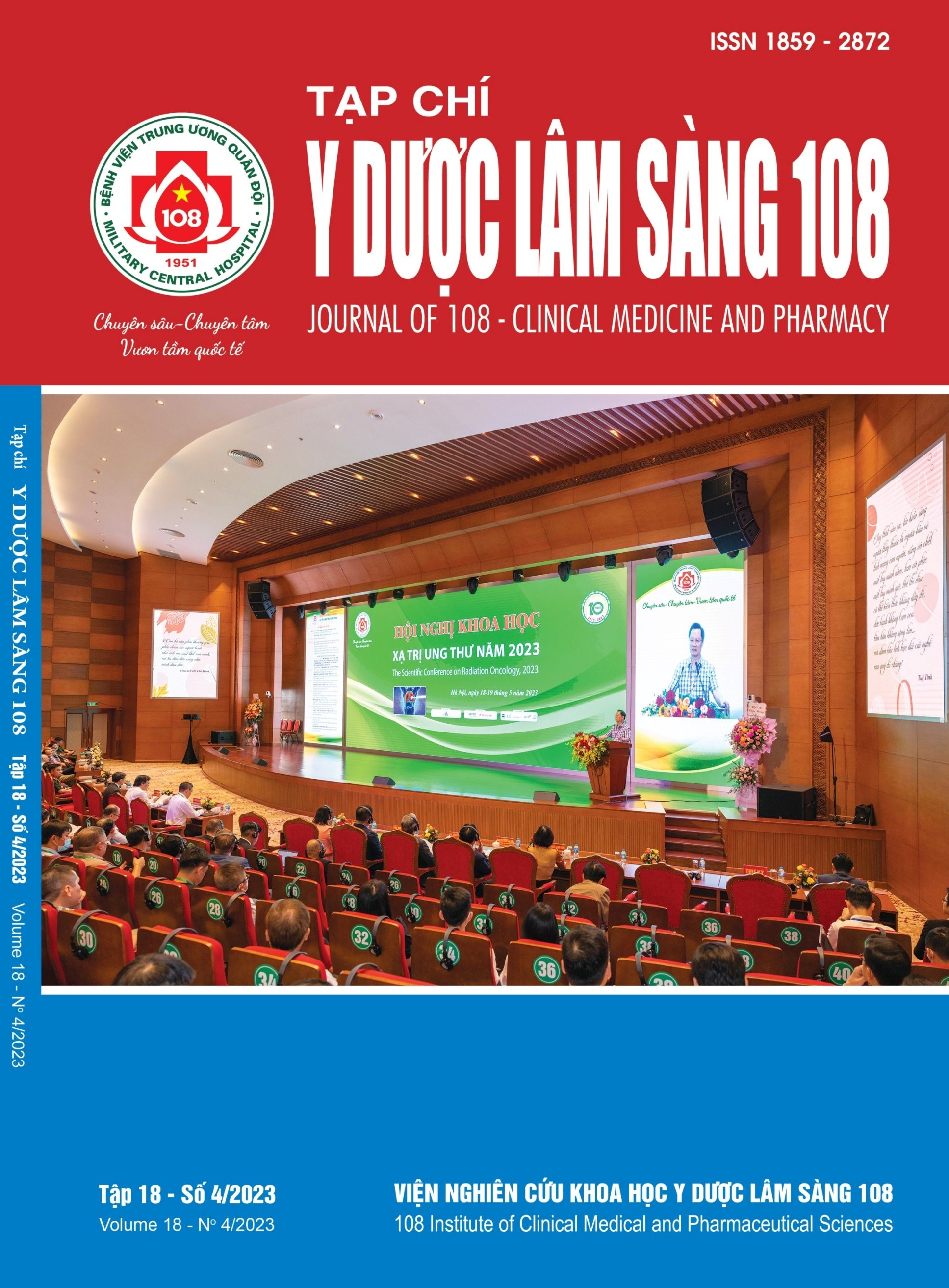Research results of experimental intestial at Practical and Experimental Surgery Department - Military Medical University
Main Article Content
Keywords
Abstract
Objective: To study and build a model of intestinal transplantation and evaluate some results of this model after 24 hours of transplantation. Subject and method: Anatomical study, building an intestinal graft model according to the short bowel syndrome graft model in large animals including pigs and dogs. Result: Successfully built an experimental intestinal transplantation model from living sources and from multi organs procurement, the results of intestinal and vascular grafting techniques were good, after 24 hours of failure, 1 whole bowel transplant. Conclusion: The size of the small intestine and blood vessels in large animals is suitable for building experimental intestinal transplantation research models. Survival results after transplantation 24 hours (11/12) accounted for 91.7%. This is the first and important scientific basis for implementing human intestinal transplantation research.
Article Details
References
2. Lacaille F, Vass N, Sauvat F et al (2008) Long-term outcome, growth and digestive function in children 2 to 18 years after intestinal transplantation. Epub 57(4): 455-461.
3. Langnas AN (2002) Intestinal transplantation, Current issues in liver and small bowel transplantation. Keio University international symposia for life sciences and medicine: 75-86.
4. Troppmann C (2012) Intestinal transplantation. Transplantation 68(11): 1072-1075.
5. Cleveland clinic (2013) Intestinal/multivisceral transplantation. Clevelandclinic.org/intestinaltx.
6. Gruessner RW, Sharp HL (1997) Living-related intestinal transplantaion: First report of a standardized surgical technique". Transplantation 64 (11): 1605-1607.
7. Weih S, Nickkholgh A, Kessler M et al (2013) Models of short bowel syndrome in pigs: A technical review. Eur Surg Res 51: 66-78
8. Tzvetanov IG, Tulla KA, Giuseppe D’Amico (2018) Living donor intestinal transplantation. Gastroenterol Clin N Am 47: 369-380.
 ISSN: 1859 - 2872
ISSN: 1859 - 2872
